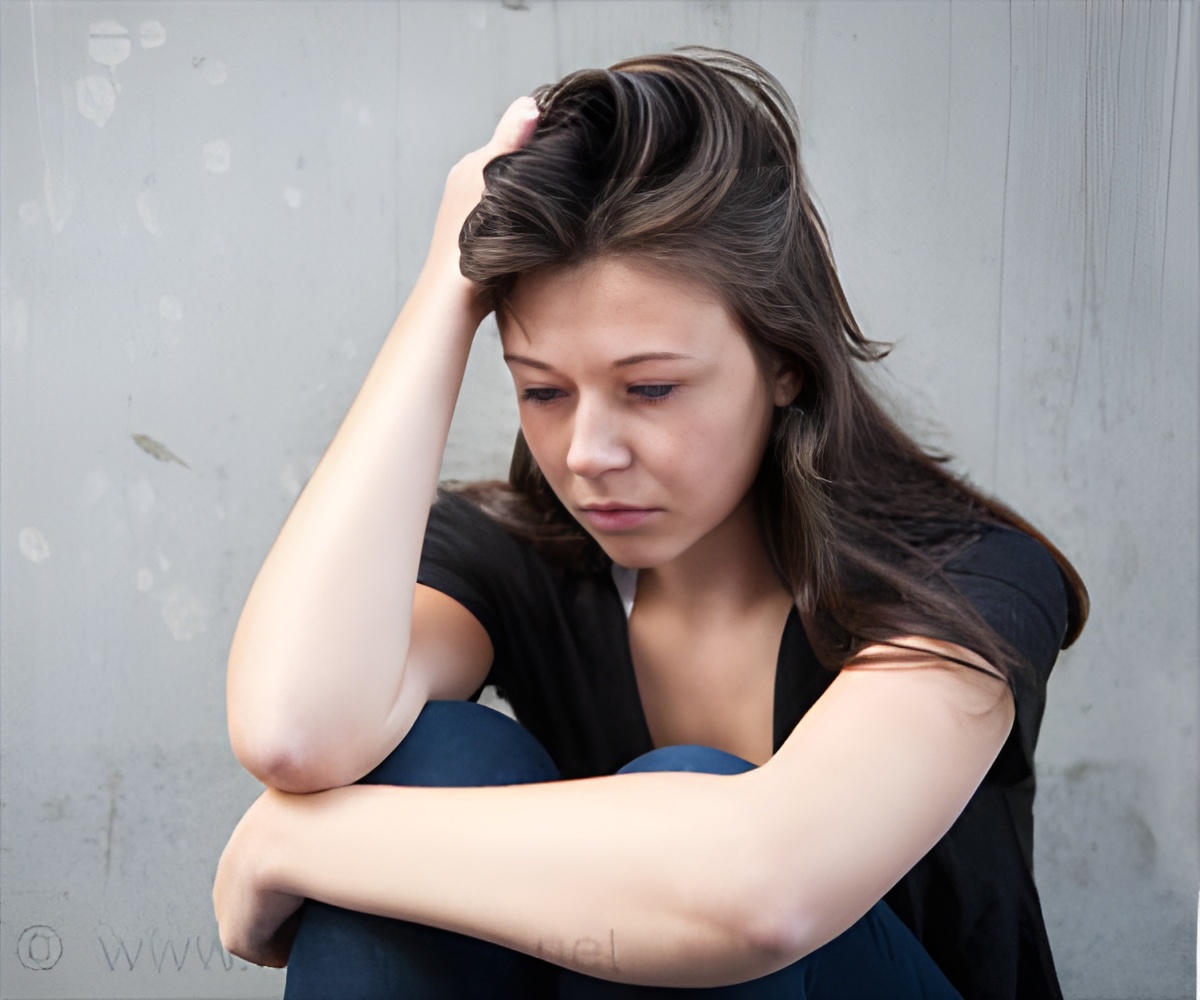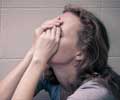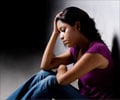LSD may be the new drug to be used in depression for therapeutic purposes due to its ability to expose the inaccessible parts of the human brain.

- LSD (Lysergic acid diethylamide) is a psychedelic drug known to alter perception and cognition.
- Recent research reveals its ability to break down the compartmentalization of brain and make it function as a unit.
- This ability may pave the way for its potential therapeutic benefits in depression and anxiety.
LSD causes Global Connectivity of Various Areas of the Brain
People who take LSD experience complex visual hallucinations. Generally, in normal human beings, the things seen by our eyes are processed in an area over the backside of the brain called visual cortex, a part of the occipital lobe. On the other hand, the hallucinatory images produced by LSD are not processed in the visual cortex like the normal visual images. Instead, these images are contributed by multiple areas of the brain. In addition to this, it was observed that the participants had their eyes closed during these hallucinations, which means, unlike normal vision, the sensory input for the visual hallucinations was not from the outside environment.One more finding in this study was that LSD breaks down the compartments in the brain and makes it work as a single unit. It is known that during infancy our brain works as an integrated circuit but as we get old, the brain gets compartmentalized and becomes an independent network of systems which perform individual functions like seeing, hearing, and other complex functions like learning and attention. When the brain activity of people who were on LSD was monitored, it was observed that the drug somehow breaks down the compartments in the brain and converts it into one integral unit. Regarding this finding, Dr. Carhart Harris says that, “In many ways, the brain in the LSD state resembles the state our brains were in when we were infants: free and unconstrained, unlike an adult mature mind which is focused and rigid. This also makes sense when we consider the hyper-emotional and imaginative nature of an infant’s mind.”
Another research which was published in the journal European Neuropsychopharmacology in continuum with the above study used music along with LSD drug. This research was carried out by making the participants listen to music while they were high on LSD. The study showed that there was an extensive communication between a specific area of the brain called parahippocampus and the visual cortex. Parahippocampus is the area which helps with imagery and personal memory; So when this connection was established, people started seeing activity in the brain which is usually suppressed and beyond perception. This might be the reason behind the hallucinations.
Mendel Kaelen, the lead author of this research says, "This is the first time we have witnessed the interaction of a psychedelic compound and music with the brain's biology."
The study has shed light on the effects of LSD on the consciousness and thinking process of users. It was seen that when people were under the influence of LSD, there was development of a connection between areas of the brain involved in introspection and sensory areas involved in perceiving the outside world. Besides this, activity was seen in brain areas which are normally suppressed from perception. People who took LSD stated that they felt like they had lost their self-identity and felt much connected to the outside world; in simple words, they felt one with the universe. They reported a dissolution of ego and channelization of focus from a person’s internal self to the outside world.
The combined effects of music and psychedelic drugs may pave the way for an interesting and effective approach to managing psychiatric disorders such as anxiety and depression. Although a lot of research still needs to be conducted in order to know more about the use and effectiveness of LSD as a therapeutic approach to depression, modern technology like fMRI provides an opportunity to research further and possibly bring about a new approach to help patients fight depression
References:
- Increased Global Functional Connectivity Correlates with LSD-Induced Ego Dissolution
http://www.ncbi.nlm.nih.gov/pubmed/27085214 - Treating Depression with Psychedelics
http://howtousepsychedelics.org/depression/ - LSD-Assisted Psychotherapy
http://www.maps.org/research/psilo-lsd















